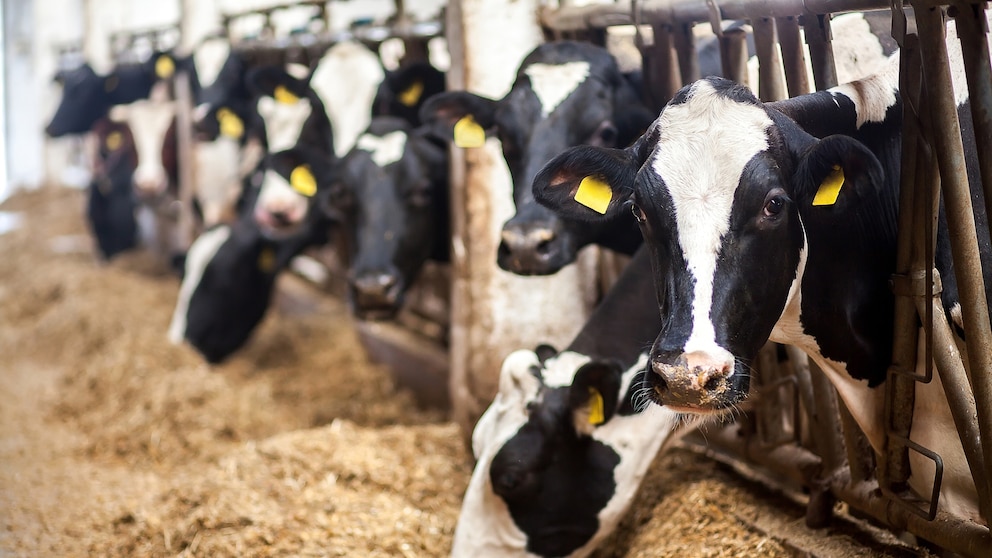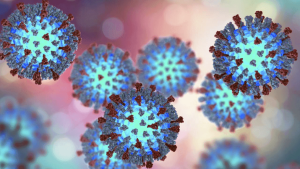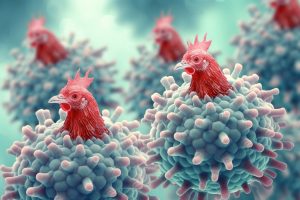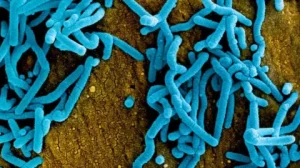United States: In the span of nearly nine months since the initial human case of avian influenza surfaced in the United States, the pathogen has relentlessly expanded its reach.
This outbreak has ravaged hundreds of livestock populations and claimed the lives of millions of birds before breaching the human barrier. According to the Centers for Disease Control and Prevention (CDC), by January 6, a total of 66 human cases had been recorded across ten states.
Notably, nearly all confirmed infections stem from direct exposure to contaminated livestock or infected animal populations, according to ABC News.
On a somber note, Louisiana reported the first fatality tied to avian influenza on Tuesday. The deceased, a patient above the age of 65, was battling pre-existing health conditions, as per health officials.
While the CDC affirms the absence of human-to-human transmission and assesses the current risk to the general populace as minimal, public health experts remain cautious. Their concern lies in the potential for the virus to undergo mutations that could enhance its transmissibility, underscoring the urgency for increased diagnostic efforts and bolstered vaccine reserves.
Experts Warn of Evolving Threats
Dr. Tony Moody, an infectious diseases authority and pediatrics professor at Duke University, expressed cautious optimism while issuing a stern reminder of the virus’s latent danger.
“The absence of human-to-human transmission thus far is both reassuring yet incomplete solace,” he told ABC News. “The looming concern is whether this strain may eventually morph into a form capable of interhuman transmission, setting the stage for significant outbreaks or even a pandemic.”
Dr. Moody remarked, “Gazing into 2025’s uncertain horizon, the paramount concern remains whether evolutionary shifts in this strain will usher in a pandemic-capable variant, escalating global risks,” as per ABC News.
Mutation and Reassortment: Twin Perils in the Viral Arsenal
Virologists have voiced apprehension about the virus’s ongoing evolution, emphasizing that every human infection provides an opportunity for genetic alteration.
Recent CDC findings highlighted genetic mutations in viral samples from Louisiana’s patient that were absent in poultry from their vicinity, implying these alterations emerged post-infection.
Moody observed, “Considering the sheer number of infected birds and livestock, alongside the virus’s mutative nature during replication, it’s striking that these mutations haven’t yielded greater transmissibility thus far. This suggests a significant genetic barrier, but vigilance remains crucial,” according to the reports by ABC News.
Dr. Peter Hotez of Baylor College of Medicine elaborated on another alarming possibility: a recombinant viral strain. He outlined a scenario where a human simultaneously infected with avian influenza and seasonal flu could serve as a conduit for the creation of a hybrid virus, exhibiting enhanced transmissibility. “While mutation concerns dominate discussions, the probability of reassortment sparking an epidemic cannot be ignored,” Hotez warned.
Testing and Preparedness: A Nation’s Imperative
The US has initiated measures to enhance testing, with the Department of Agriculture mandating nationwide raw milk sample analysis and the FDA scrutinizing aged raw cheese samples.
Nonetheless, Hotez emphasized the necessity of expanding testing capabilities in healthcare environments, particularly during flu season. “Undetected cases of avian influenza could elude recognition without accessible diagnostic tools tailored for this specific threat,” he said.
Fortifying Vaccine Reserves
In a proactive stride, the US government allocated USD 176 million to Moderna in July to develop an mRNA-based avian flu vaccine. By October, federal agencies had committed an additional $72 million to ensure existing vaccines remain viable if needed.
While no vaccinations are currently recommended for public use, experts anticipate this stance could shift should transmissibility rates climb, the reports by ABC News mentioned.
Dr. Moody noted that while the government’s vaccine stockpile offers hope, its formulations address older viral strains. “Predicting the precise influenza strain to prepare against remains a formidable challenge,” he remarked. “Still, our current preparedness vastly surpasses where we stood at the onset of the COVID-19 pandemic.”





